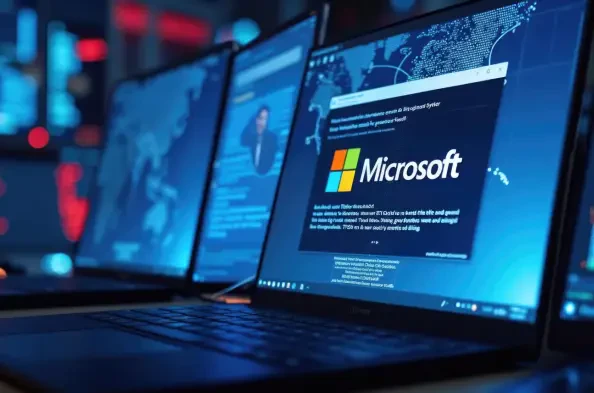In the rapidly evolving world of cybersecurity, failing to address vulnerabilities in a timely manner can result in severe consequences, especially regarding zero-day vulnerabilities—flaws in software that attackers exploit before developers can address them. Microsoft’s June Patch Tuesday release underscores this critical issue by highlighting two significant zero-day vulnerabilities and emphasizing the urgency for businesses to secure their systems. These vulnerabilities stand as a testament to the importance of proactive measures in maintaining network security and integrity.
Overview of Microsoft’s June Patch Update
Microsoft’s June patch primarily focuses on fixing critical zero-day vulnerabilities that pose serious threats to computer systems worldwide. One central vulnerability addressed is a remote code execution flaw in the Web Distributed Authoring and Versioning (WebDAV) HTTP extension. This vulnerability, identified as CVE-2024-33053, is particularly alarming due to its high CVSS score of 8.8 and its active exploitation. The widespread use of WebDAV in collaborative systems makes this vulnerability especially significant. Additionally, an elevation of privilege flaw in the Windows Server Message Block (SMB) client, CVE-2025-33073, also merits attention due to its potential to escalate system control.
The Context and Importance of Timely Patching
Zero-day vulnerabilities remain a persistent threat to digital assets, often exploited by attackers to gain unauthorized access to systems. They are particularly problematic because they leave no time for defenders to respond before exploitation occurs. Timely patching is not just about maintaining individual system integrity but is crucial for the security landscape at large. Failing to patch efficiently can lead to data breaches, loss of sensitive information, and degradation of network reliability, emphasizing the urgent need for swift action. This update cycle highlights the significance of regularly updating software to counteract these vulnerabilities.
Research Methodology, Findings, and Implications
Methodology
To understand and rectify the vulnerabilities, Microsoft conducted a thorough examination using a combination of automated tools and manual analyses. By employing sophisticated vulnerability scanners and penetration testing techniques, Microsoft identified weaknesses that required immediate attention. The strategic combination of these approaches ensured a comprehensive assessment, effectively pinpointing critical areas for intervention.
Findings
Among the findings of this patch cycle are two zero-day vulnerabilities, CVE-2024-33053 and CVE-2025-33073. CVE-2024-33053 poses a significant challenge due to its ability to allow remote code execution by exploiting flaws in file command handling. CVE-2025-33073, though not yet exploited in the wild, represents a potentially severe risk by providing attackers the ability to elevate their privileges. This would enable them to disable security tools and access protected data, thereby amplifying the damage they can cause.
Implications
The implications for IT administrators and businesses are substantial, as neglecting these vulnerabilities could result in catastrophic security breaches. The RCE flaw represents a direct threat to operational continuity and privacy, while the EoP issue could pave the way for further exploitation. Immediate action by IT departments to apply these patches can help avert potential damage and ensure business functions remain secure and uninterrupted.
Reflection and Future Directions
Reflection
Reflecting on the current update cycle, it is evident that while significant progress has been made, challenges persist. Microsoft’s quick response to the vulnerabilities demonstrates the effectiveness of robust vulnerability management processes, even as malicious actors become increasingly sophisticated. These efforts serve as a reminder of the ongoing necessity for vigilance and active defense strategies in cyber operations.
Future Directions
Moving forward, it is imperative to continue emphasizing proactive measures in cybersecurity. Focus areas should include ongoing vulnerability management, frequent updates, and investments in developing technologies capable of anticipating future threats. This continued vigilance will help bolster defenses and safeguard against emerging vulnerabilities that could otherwise go unchecked.
Conclusion
Through this update cycle, Microsoft has highlighted the critical importance of addressing zero-day vulnerabilities effectively. By tackling threats such as CVE-2024-33053 and CVE-2025-33073, businesses and administrators can fortify their security posture and protect their systems against exploitation. The release sheds light on significant strides made in vulnerability management, offering a pathway for enhanced network security. As companies look toward future cybersecurity demands, continuous updating and vigilance will be critical in maintaining a secure digital environment.






